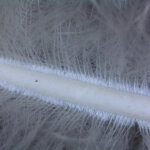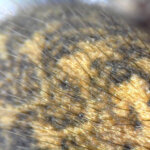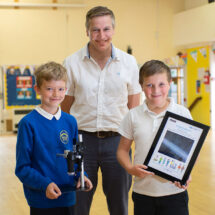
Sixteen primary schools in Cambridgeshire and Essex have participated in the 2018/19 Science Image Award. Part of the LMB’s Microscopes for Schools outreach project, the Science Image Award is a competition aiming to stimulate scientific curiosity in primary school children by connecting the microscopic world to everyday life. Each school borrows a small, digital microscope for two weeks, during which time children in Years 5 and 6 can observe and take images of anything they find outside, such as flowers, insects, and feathers. The schools then submit their top ten images to the competition.
Entries for this year’s competition were of an exceptionally high standard, making it very difficult to shortlist and select a winner. LMB emeritus scientist Brad Amos, a developer of innovative microscopy systems, had the task of judging the images. The competition entries were judged on both quality and originality.
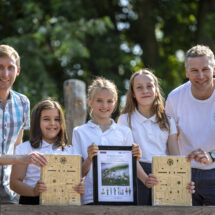
First place went to an image of a feather taken by a pupil at R A Butler Academy Infant and Junior Schools in Saffron Walden, with Brad observing, “This is a tricky specimen, but the choice of magnification and the lighting are very good.” Co-organiser of the Science Image Award and LMB Group Leader, Simon Bullock, went to R A Butler Infant and Junior Schools to present the first prize: a digital microscope kindly donated by the competition sponsors, Brunel Microscopes Ltd.
The second placed school, St Paul’s Church of England Primary School in Cambridge, received ten wooden microscopes for their image, “Raindrops on bud”. Brad commented, “This is unusual because of being an ephemeral specimen. It is fascinating because of the spherical appearance of the drops”.
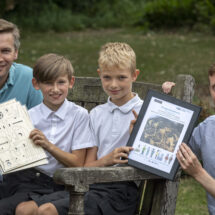
St Andrew’s Church of England Primary School in Soham were awarded third place for their image of the hairs on a spider’s body, with Brad remarking, “I like this because of the observation that went into it. It would have been obvious to aim at the eyes or jaws, as in most spider images, but the photographer saw the two kinds of cuticular hairs, which are totally different in contrast and size, and make the abdomen look like a forest seen from the air.”
In total, more than 1,000 children took part in the competition. A teacher at one of the other schools that participated commented, “The children were really engaged and enjoyed exploring the environment around them. The sense of amazement was fantastic.”
The Science Image Award will be running again in the 2019/20 academic year.
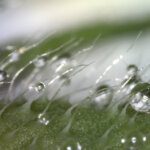
Further references:
